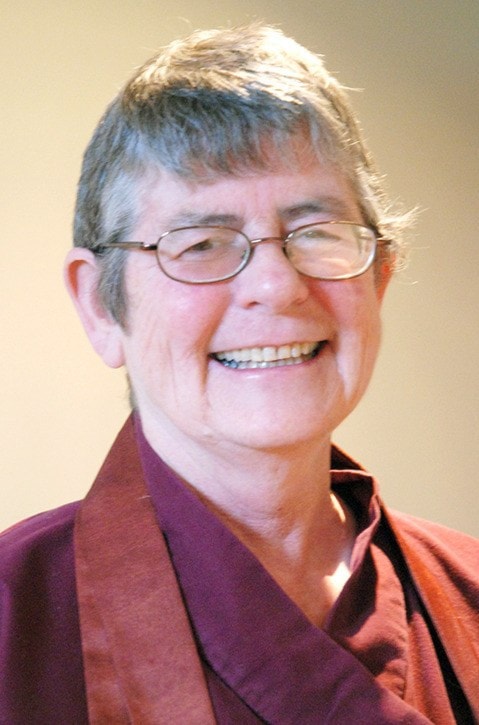When the Chinese encountered the Pali word for meditation, dhyana, they translated it into something that sounded like dhyana in Chinese. They chose the word chan, which became zen in Japan. But chan or zen doesn’t mean meditation; it only sounds like the Pali word that means meditation. The literal meaning of chan is to “bow before mountains and rivers”. So when we sit in Zen meditation, that is what we are doing, bowing before mountains and rivers. The Chinese never looked at meditation as something that is good for our physical and mental health. For them, meditation was simply an expression of spiritual truth. To sit in meditation was to return to the oneness of nature.
When we sit, we are like mountains and rivers. We sit strong and tall, like a mountain. We are made mostly of water, and the rivers of our circulatory systems are constantly flowing. The mountain winds move through our lungs. But we don’t usually pay attention to our body unless we are sick. We just assume that our bodies will carry out the activities that support our survival. But the truth is that our bodies have a deep and profound relationship to the earth. We are, like the earth, made up of water, wind, fire and minerals. In fact, we are just another temporary manifestation of the earth.
If we could speed up time, we could see us all rising up and returning to the earth. Everything does this. Plants, animals, insects, rocks, even mountains and rivers, eventually return to the earth. It’s as if the earth is breathing everything out and then back in. It’s not just our thoughts that come and go — it’s everything.
When we sit in zazen we begin to realize that this coming into and moving out of being is actually what is going on here. That’s what this life is all about. This eternal process of taking on and losing shape and form is always going on. When we remember that this body is just a miniscule part of a huge ongoing transformation, we realize how small our lifetime is compared to the enormity of this eternal process. We begin to realize how miraculous it is that we are so well taken care of. If we had to remember to breathe or remind our hearts to beat, we‘d all be dead. But this enormous process takes care of it all. We just appeared, and from then on everything has been taking care of us. This is why we sit in meditation. This is why we bow before mountains and waters.
Suggested practice: At your next meal, take the time to notice that the food in front of you. The food that sustains your life is the product of a process that has been going on since time immemorial. Sun, rain, earth and air have all contributed to your meal. Others have planted it, cultivated it and harvested it so you could live. Generate gratitude.
Kuya Minogue is the resident teacher at Sakura-ji, Creston’s zendo. This column is part of a long essay on an essay by 13th century Zen master Eihei Dogen and is inspired by the teaching of Norman Fishcher. For more information, Minogue can be reached at 250-428-6500, and previous columns are available at www.zenwords.net.
